The housing crisis in the United States has left many people in vulnerable situations, and millennials are feeling the brunt of its impact. There are options for homeownership even in a contentious market.
The State of the Market
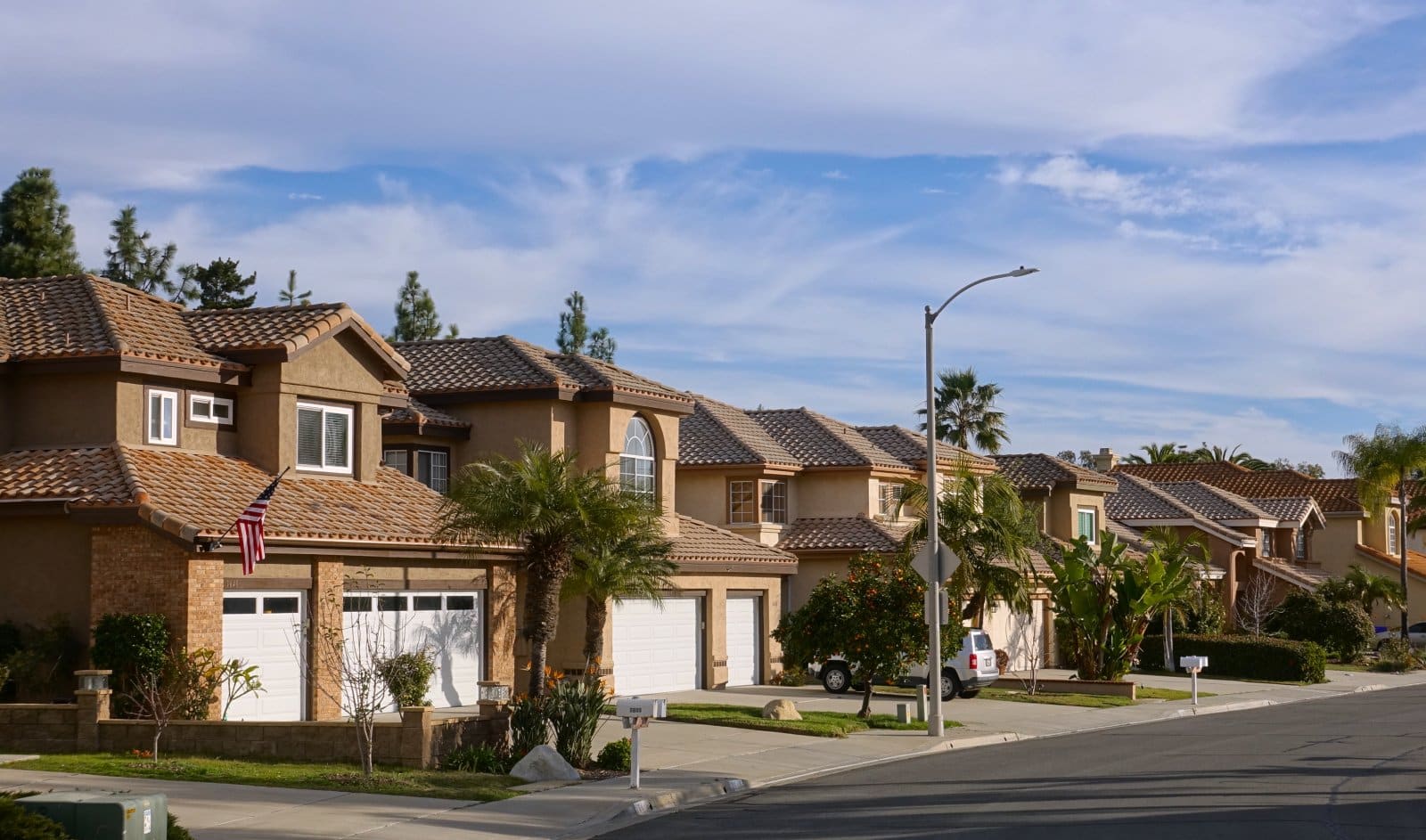
It’s no secret that the housing market is struggling to recover after mortgage rates soared in 2023, pricing many would-be buyers out of the option to own their own home.
A Change to the Status Quo
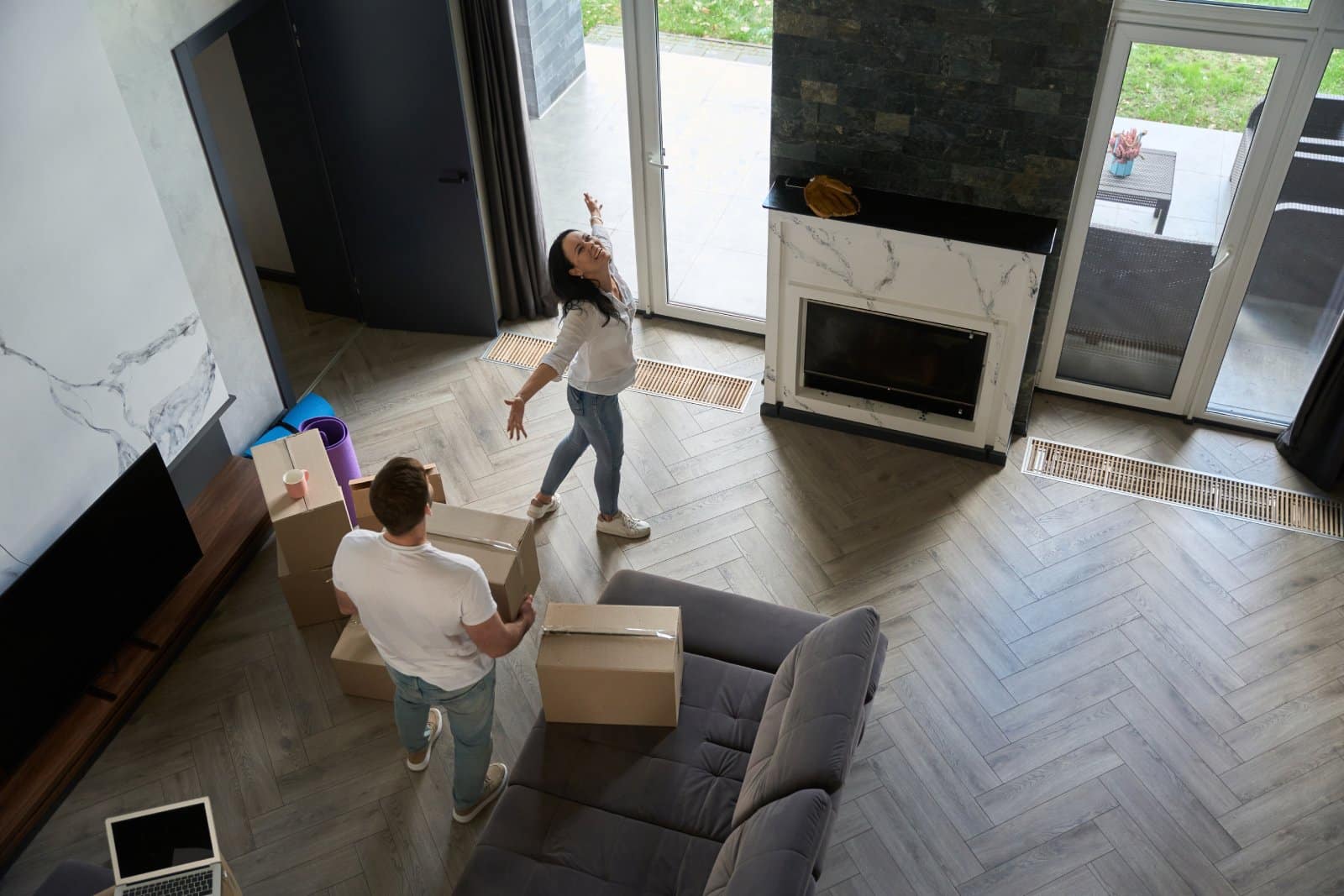
Prior to the rate surges, millennials were starting to represent a greater proportion of homeowners in the United States. As of 2022, over half of American millennials owned their homes.
Factors Affecting Homeownership

Now that there is a housing shortage and interest rates are still hovering around 6%, the remaining millennials are left to wonder whether their homeownership hopes are futile.
Housing Market Whiplash
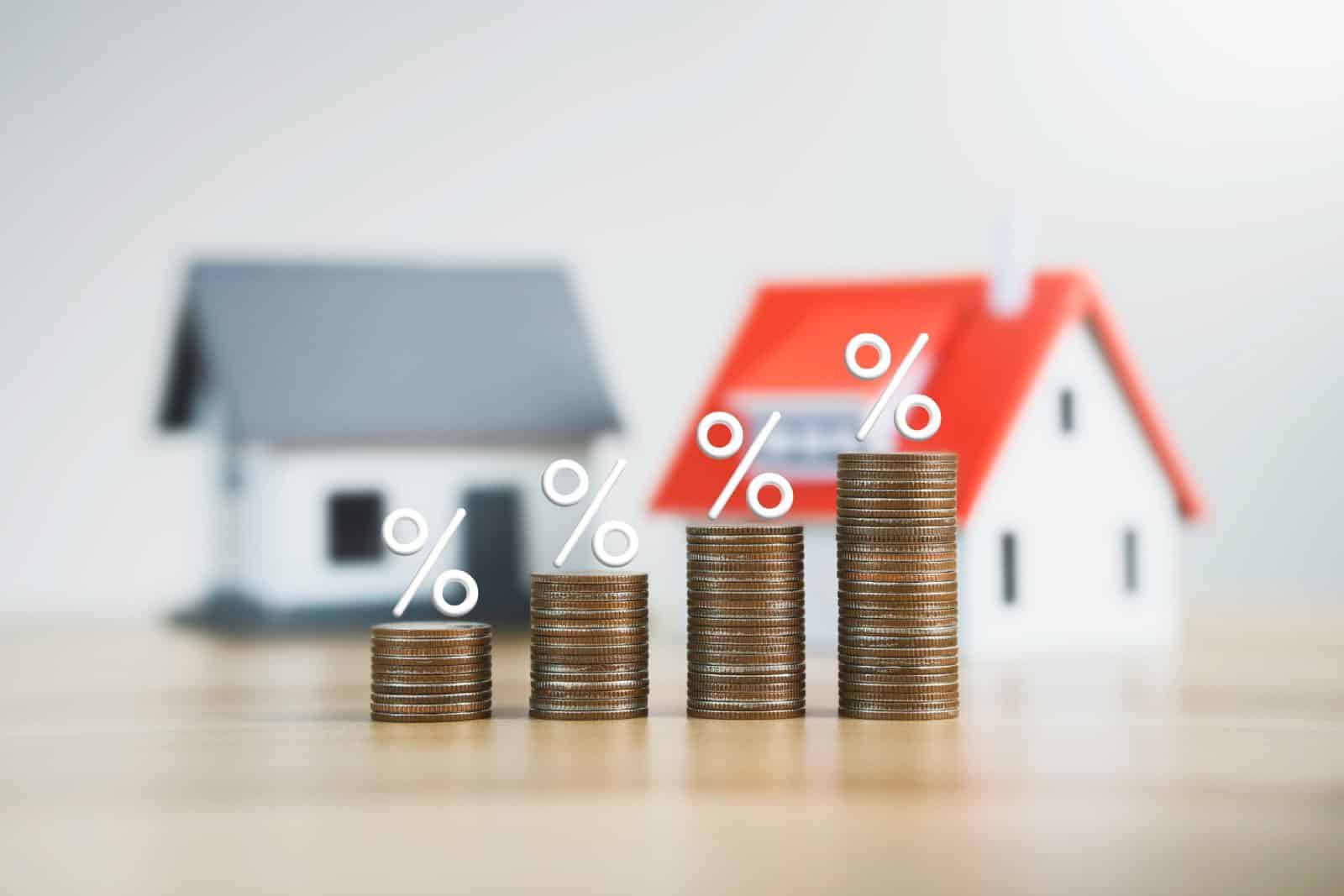
Millennials lived through the 2008 recession, followed by the historically low-interest rates of the 2010s, then interest rates over 8% post-pandemic. This understandably gave many older millennials a sense of housing market whiplash as they tried to figure out when to buy.
Predicted Balance
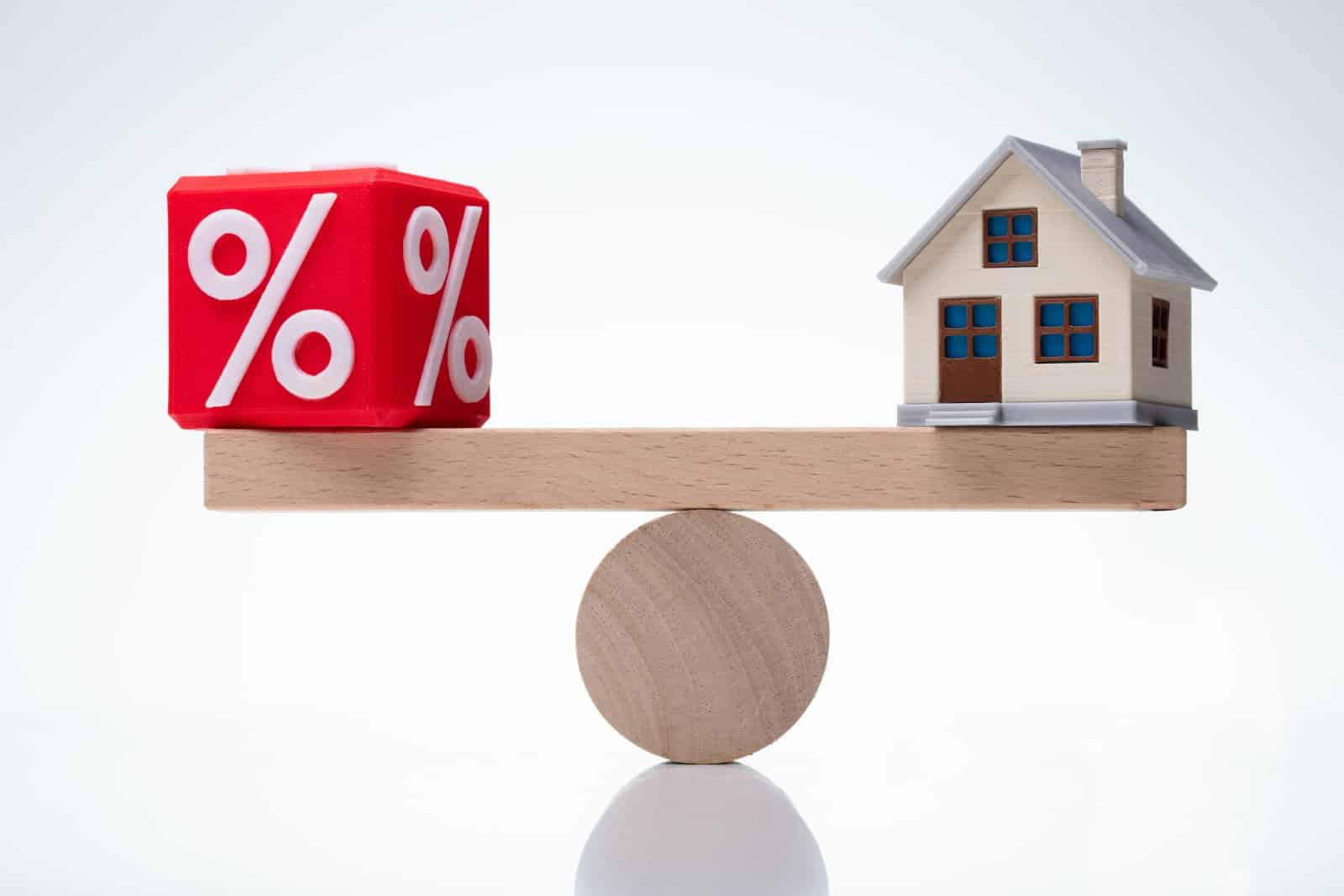
“I think we are in for a period of relatively flat housing price performance around the country as high mortgage rates put downward pressure on prices, while significant demand from household formation and an inventory shortage place upward pressure,” said housing economist Ken H. Johnson.
He expects that the elements at play will bring balance to the industry.
Looking Toward Homeownership

As the market moves into 2024, millennials who are still renting look toward the seemingly stabilizing market in hopes of purchasing a home this year.
Navigating that landscape is difficult for folks in their late 20s to early 40s who hope to break out of the rental cycle, but there are ways to make the home-buying process easier and more attainable.
Down Payment Assistance Programs
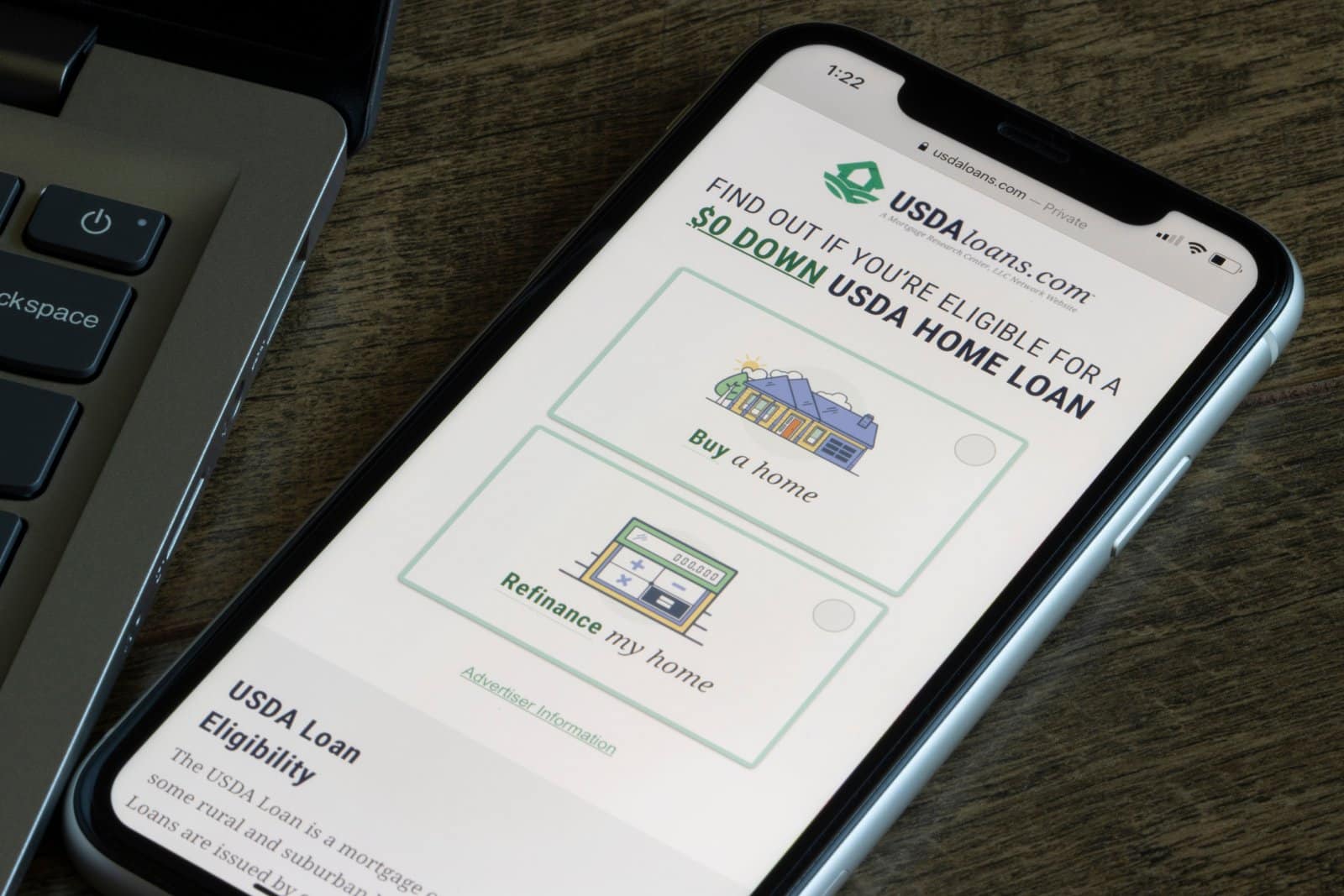
Down payment assistance programs (DPAs) are available in almost every state. Some employers, government agencies, and other organizations have programs that give grants to first-time homebuyers to put towards buying a home.
A Helping Hand for Millennials

The rules and guidelines for each of these grants vary but typically have income limits and rules about when you can sell or refinance the property.
These programs are excellent resources for millennials who are ready to buy but don’t have the funds saved for a down payment.
Gifts from Relatives or Friends
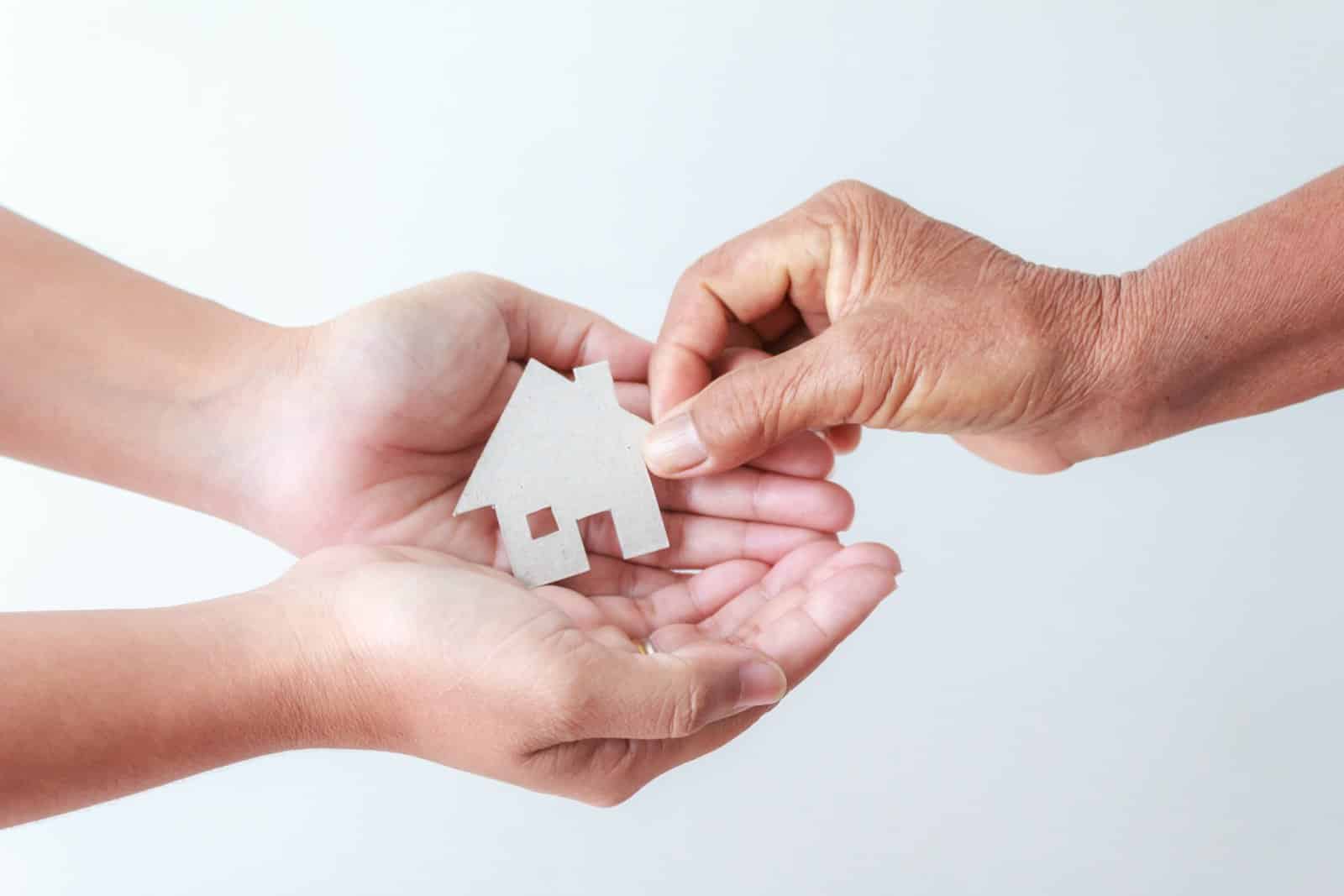
Mortgage guidelines allow for relatives (and even friends, under certain circumstances) to provide down payment funds in the form of a gift to a homebuyer.
This typically involves both parties signing a gift letter which states that the money is not a loan and does not have to be paid back. It can be paid to the buyer directly or sent to the closing agent to be applied to the purchase.
Buying In More Affordable Locations

Many millennials have opted to relocate to areas of the country with lower costs of living. Homes are often cheaper in middle America and the south, making homeownership more attainable.
Remote Working Means Flexibility

Since so many jobs can be done remotely in a post-COVID world, it matters less and less where you live. Some people are able to get remote jobs in a large city and live in rural areas where costs are lower.
Knowing What Options Are Available

For millennials who are veterans or current military members, the VA (Veterans Affairs) loan offers a mortgage at 100% financing, eliminating the need for a down payment.
Homebuyer Loans

Homebuyers who make less than their area’s median income and are buying in rural areas may qualify for USDA loans, which also don’t require a down payment. FHA loans start at as much as 96.5% financing, requiring only 3.5% of the purchase price as a down payment on a new home.
Those loans are available for properties that qualify and can often cater to buyers with lower credit scores.
Mortgage Options
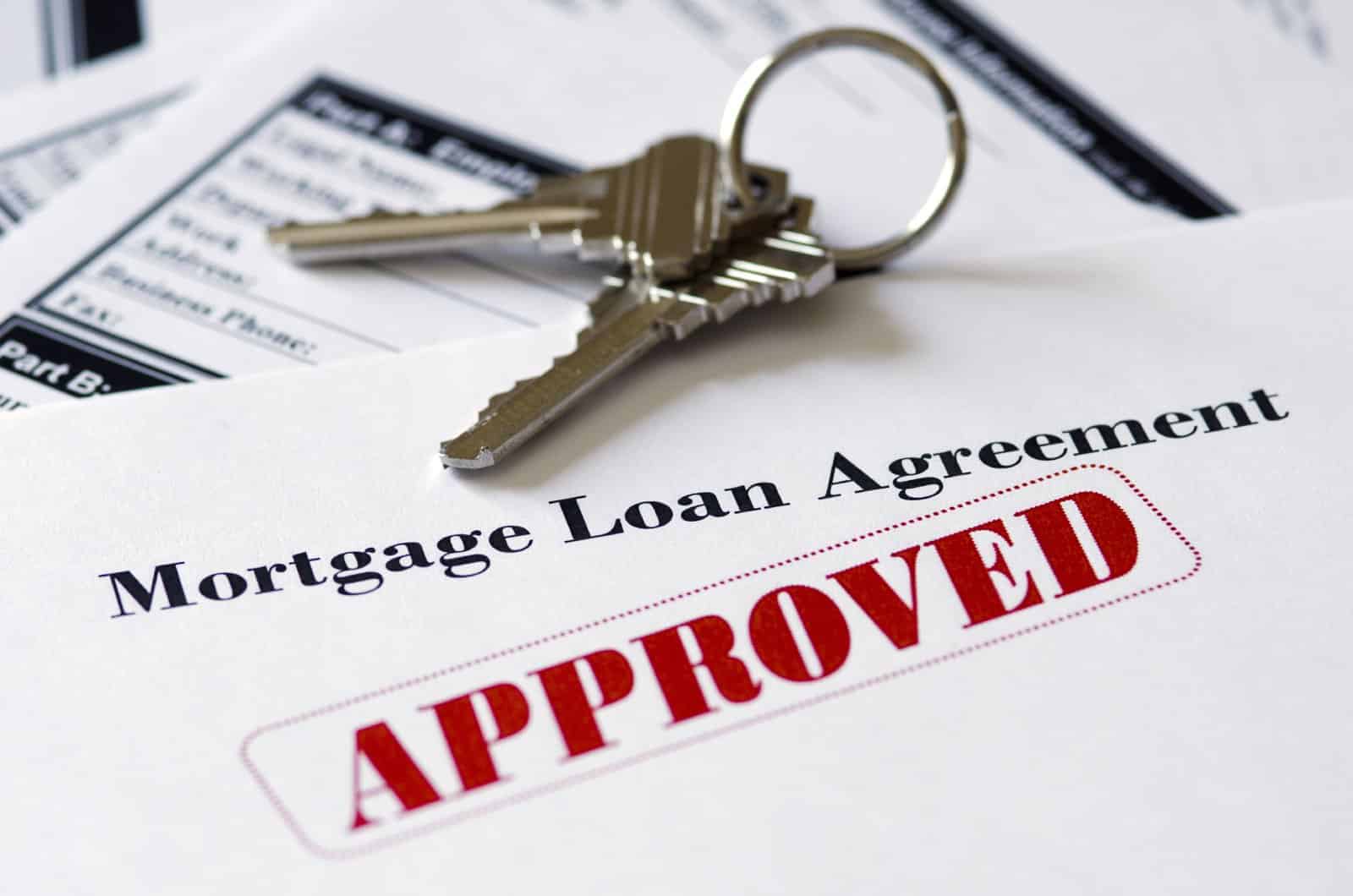
Conventional mortgages require down payments, but there are options to obtain private mortgage insurance or obtain certain types of first-time homebuyer loans that make those mortgages easier to obtain.
Programs through Fannie Mae and Freddie Mac can lower a down payment from the standard 20% to something that is easier to handle.
Flexible Down Payments
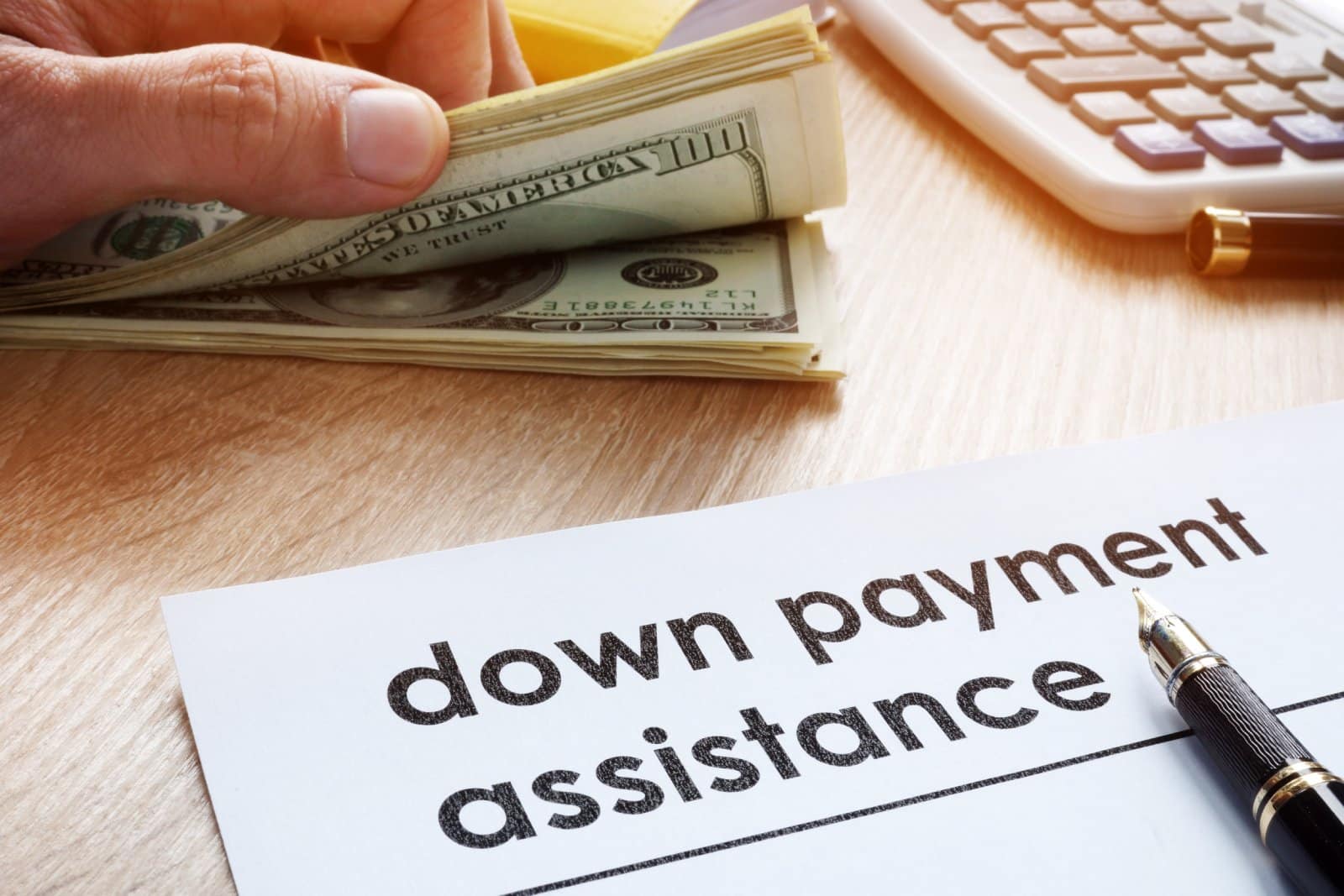
Statistically, millennials opt for mortgages that allow them to put down 10% of the home’s price, financing the rest.
Private mortgage insurance rates vary, but allow for more flexibility in the down payment, which is an advantage for millennials whose adult years have been plagued by economic difficulties nationwide.
A Changing Landscape
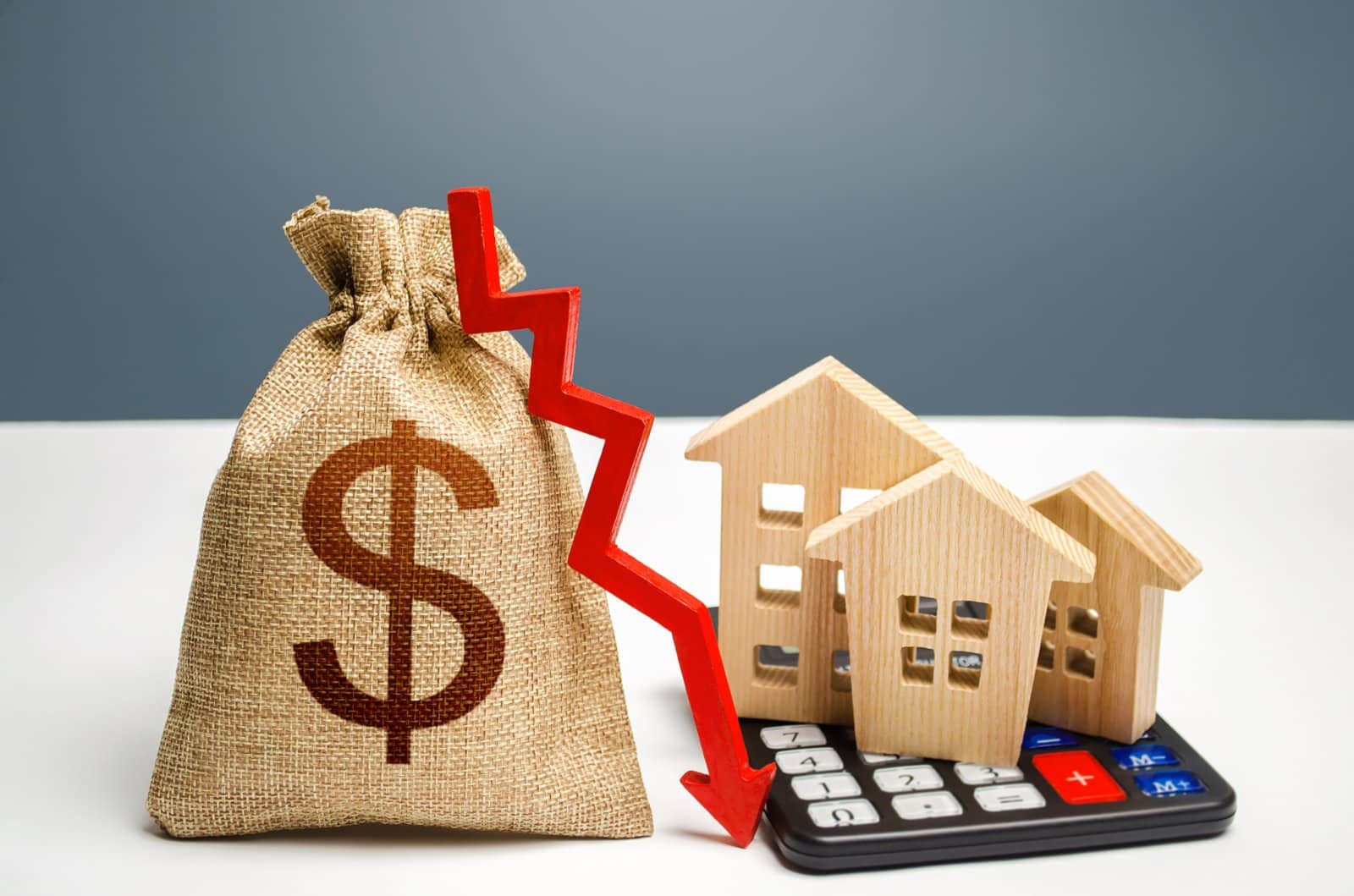
2024 homebuyers can expect to see slightly lower rates, but experts don’t think a crash is coming. Yun says that prices may stabilize, but inventory is still low and the expectation is that the overall market will correct itself soon.
“We will not have a repeat of the 2008-2012 housing market crash,” said Lawrence Yun, Chief Economist from the National Association of Realtors. “There are no risky subprime mortgages that could implode, nor the combination of a massive oversupply and overproduction of homes.”
Take Heart

Millennials can take heart – their homeownership dreams have not been crushed, and there are options for buying if they know where to look.
The post Millennials and Homeownership in 2024: Tips and Tricks first appeared on Wealthy Living.
Featured Image Credit: Shutterstock / 4 PM production.
The content of this article is for informational purposes only and does not constitute or replace professional financial advice.





